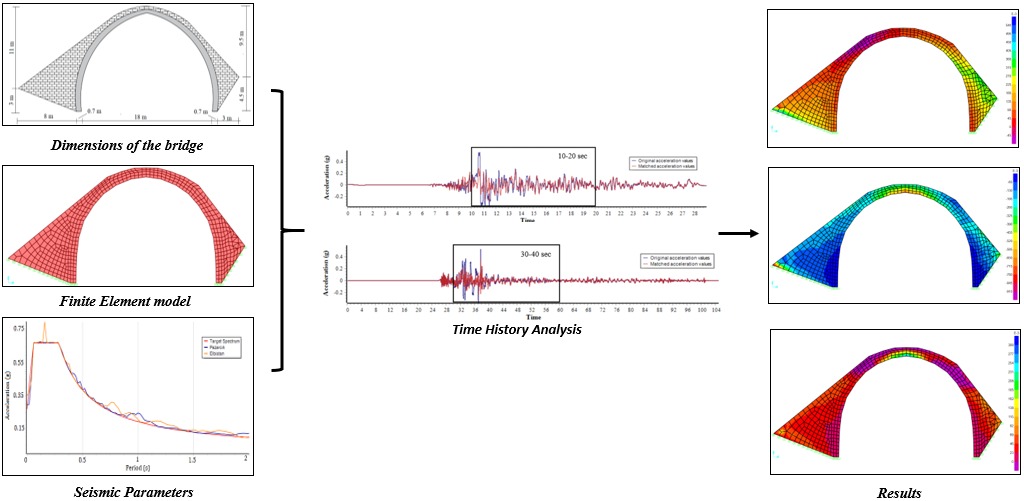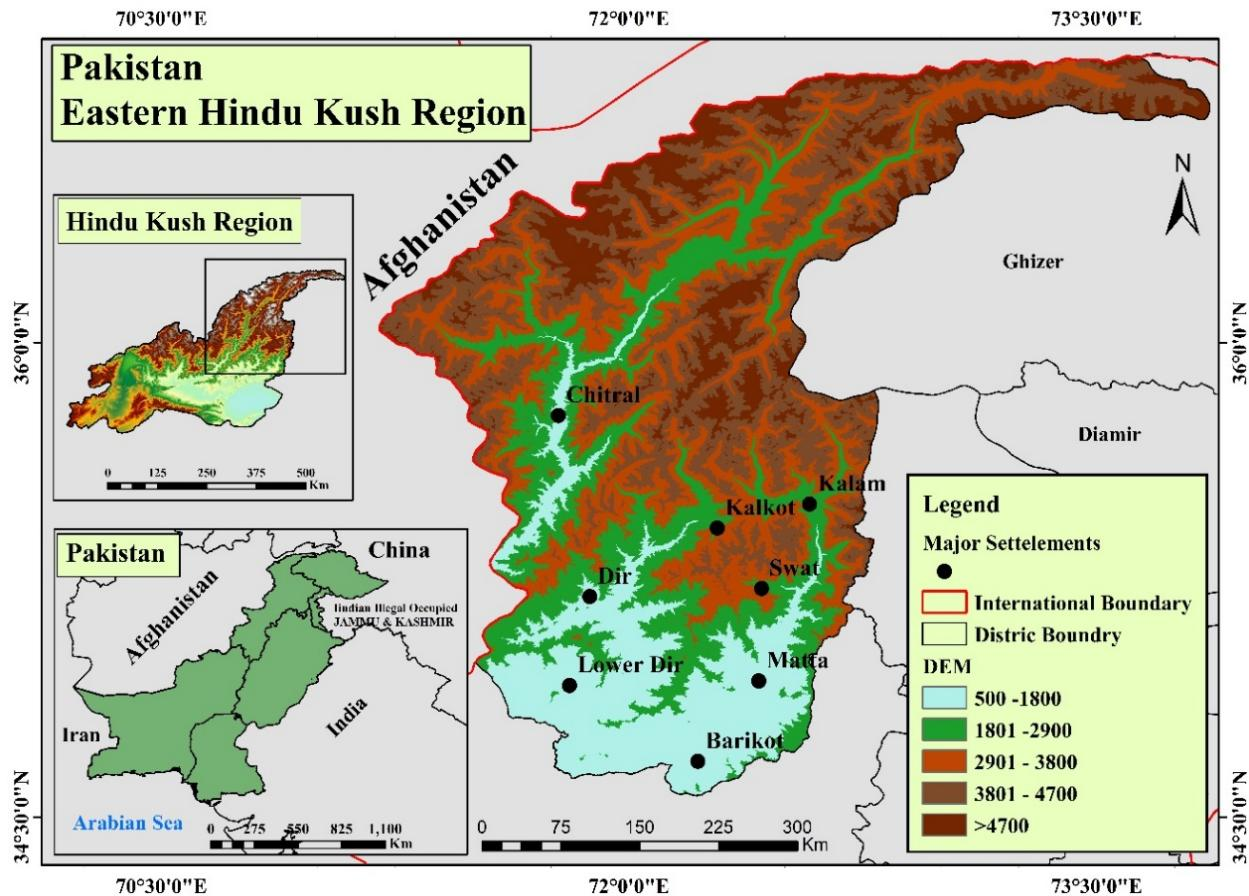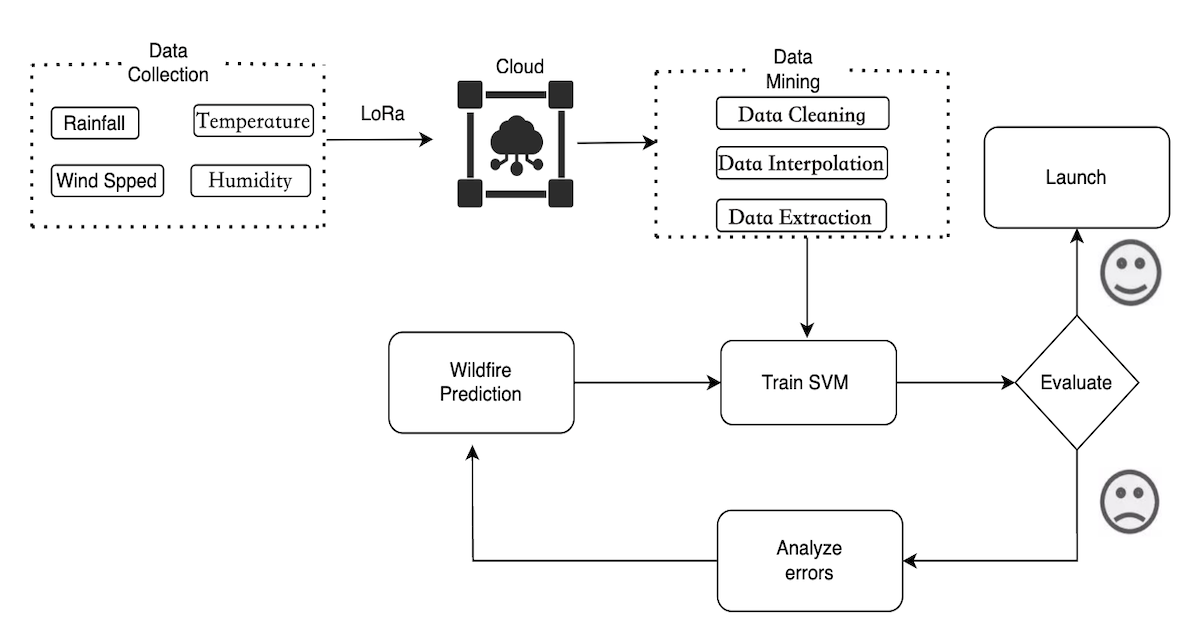Article
by Sabina Porfido,
Giuliana Alessio,
Germana Gaudiosi,
Rosa Nappi,
Efisio Spiga,
31 May 2024
More than forty years after the 23 November 1980 earthquake, which devastated the Campania and Basilicata regions, causing the destruction of a large number of towns and the death of around three thousand people, we have tried, through a large survey, to understand how and to what extent the urban fabric and the most affected communities have been rebuilt. Our main objective was to show, on one side, the commitment of the scientific community, and on the other the transitions that have led from the emergency to reconstruction. Of the Apenninic towns Conza della Campania, Laviano, Lioni, Santomenna, and others, where the devastation was almost total, we have tried to give an iconographic vision of the post-earthquake phase through the change in the urban layout. The partial or total reconstruction of the towns has taken place most of the time in situ, only in some cases by relocating buildings to neighboring areas, as happened in Conza della Campania, Bisaccia and Romagnano al Monte. Reconstruction was carried out mainly of anti-seismic buildings and only in some cases recovering pre-existing buildings in historic centres; reconstruction was completed after a very long period, in some cases lasting over thirty years, inevitably passing through a dramatic experience of the population in temporary settlements of various kinds, from tents, caravans, railway carriages, to containers, and finally to thermo-igloos and to prefabricated wooden chalet-type. A very complex and detailed reconstruction was linked to factors not only territorial, economic and political but also conditioned unfortunately by the non-negligible intervention of organized crime.

 0 (Views)
0 (Views)  0 (Downloads)
0 (Downloads) 
 0 (Views)
0 (Views)  0 (Downloads)
0 (Downloads) 
 132 (Views)
132 (Views)  61 (Downloads)
61 (Downloads) 
 97 (Views)
97 (Views)  35 (Downloads)
35 (Downloads)